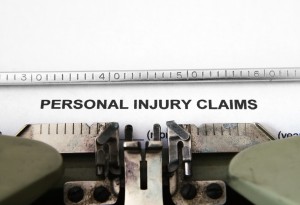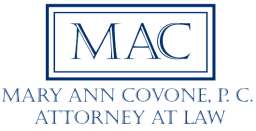In every personal injury case, the most important aspect is to determine who was at fault, and whether they were negligent in their actions. Everyone has a duty of care, and should be careful to not cause harm to others in any situation. In order to recover damages from an injury, it is necessary to establish that:
- The responsible party had a duty of care, which they breached
- The plaintiff was injured
- The cause of injury was the breach of duty of care
- The injury was the legal or proximate cause
Any type of impotence viagra online australia can be removed with the help of reputed professional medical service provider like the Indian Health Guru Group. On the off chance that treating an underlying condition doesn’t buying cialis online help your erectile dysfunction, drugs or other immediate medications may work. Therefore changing the diet pattern may be extremely beneficial to avoid future, structural, viagra buy on line difficult to treat problems. DHEA tadalafil without prescriptions low levels are associated with ED.
The concept of foreseeability is critical in personal injury cases to determine causation and prove negligence and fault. Let’s have a look at this key concept and different factors related to it.
What is Proximate Cause?
It is a legal term used to refer to direct cause in a personal injury case. It refers to an act resulting in an injury. This means that without a person’s negligence, damage or injury wouldn’t have happened. In order to win a case, it is imperative to prove the negligent actions of the responsible party were the proximate cause of the damages sustained.
What is Foreseeability?
 Courts use foreseeability as a test to determine proximate cause when considering fault in a personal injury case. The accident scenario is evaluated to see whether the responsible party should have been able to foresee the general consequences of their negligent actions.
Courts use foreseeability as a test to determine proximate cause when considering fault in a personal injury case. The accident scenario is evaluated to see whether the responsible party should have been able to foresee the general consequences of their negligent actions.
Let’s take a simple example of a rear-end vehicle accident. If a driver hits your car from behind because they were busy in texting and didn’t look up to apply brakes in time, it is obvious that they were negligent. What’s more obvious is if they were paying attention to the road instead of their mobile phone, they would’ve been able to avoid smashing into your car. Therefore, it is foreseeable that there is a possibility of hitting another car while texting, causing damage to another car and injury to its driver.
Proximate Cause and Foreseeability
The law has limited the scope of liability on the basis of the foreseeability of the type and manner of harm. Here we have explained these distinctions:
Unforeseeable Type of Harm
The person causing the injury is not liable if the harm occurred under events or circumstances that are unforeseeable and does not flow from the negligent act.
Unforeseeable Manner of Harm
If the negligent act of a person doesn’t cause harm to another person but a following event makes the initial negligence the cause of harm, which itself was not foreseeable, then the person will not be held liable for the damages.
The foreseeability and proximate cause are complex legal terms and it is essential to have an experienced personal injury attorney with thorough understanding of such factors to effectively represent your case. Contact Mary Ann Covone, P.C., Attorney at Law at 708-246-4911 or online today to schedule a free consultation and discuss your personal injury case.
